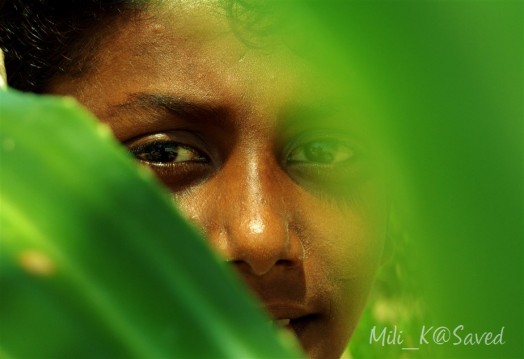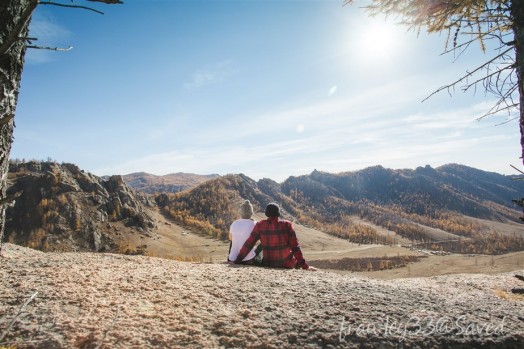There’s an apparent focus at the World Parks Congress (WPC) to inspire the new generation, and perhaps this is why they decided to post information across so many social media platforms. So, is it working? Well, their YouTube channel only has 120 subscribers, and LinkedIn has a mere 500 followers. Facebook has achieved 12,500 likes, but there is little interaction (by way of likes, comments, and shares). Despite opportunities to comment and the WPC’s encouragement to “join the conversation”, this doesn’t appear to be happening.
- Maybe it’s us. Perhaps people see that no one has commented on a post, so they are afraid to be the first/maybe only comment? Or maybe we’re just not a socially savvy bunch. I think if there was a survey done at campus, environmental majors would be shown as less “connected” in the social media world. Maybe we just want to be outside more!
- Maybe it’s them. Maybe people just don’t talk about this kind of event. For comparison, I looked at the Facebook page containing info on the G20 Summit (which also occurred in Australia November 15th-16th). This page has 22,500 likes (almost double), and people are interacting. Their last post was liked by 840 people and has numerous comments. But in all fairness, the WPC is fairly academic in nature, and likely to mainly attract academic folks.
- Or maybe it’s the presentation. Some of the photos posted on Facebook are underwhelming, as mentioned in an earlier post. The “Daily Highlights” videos are nice, but most of the content seems to be about the benefits people actually attending are gaining (rub it in, why don’t you!). And finally, most of the video posts of actual dialogues and speeches are over an hour long, and the audio quality is a bit painful.
The WPC can hardly be blamed for failing to put out revolutionary or even catchy clips in such a short time period, especially with so many things going on at a time. The crucial parts will happen after the WPC, when the IUCN has had time to sort through the immense amount of information and draw out the key points. It can then be presented in an engaging and useful format…in a way that will inspire the next generation!
(This entry posted on behalf of Anna Kellogg.)





